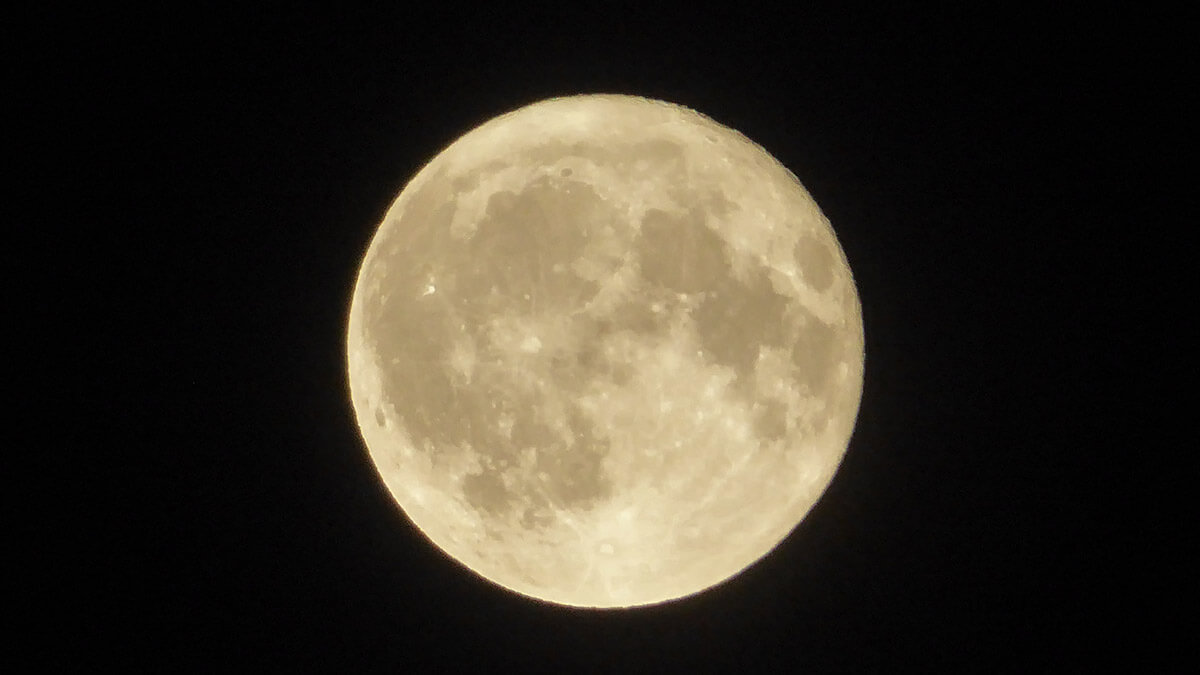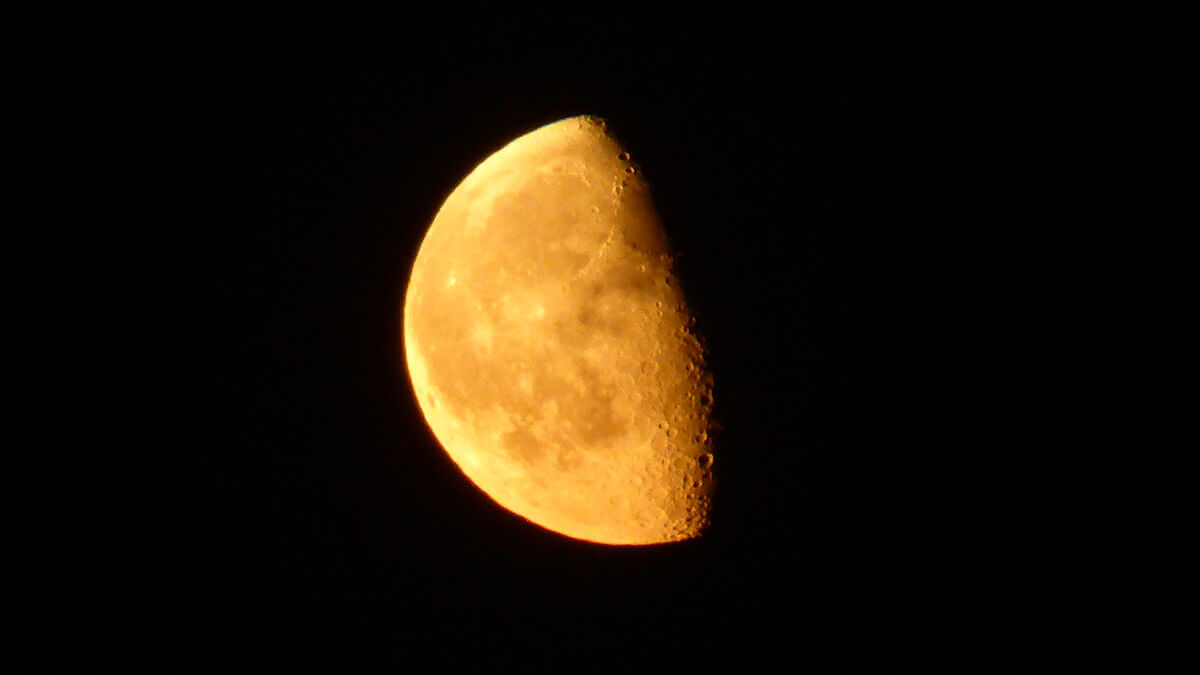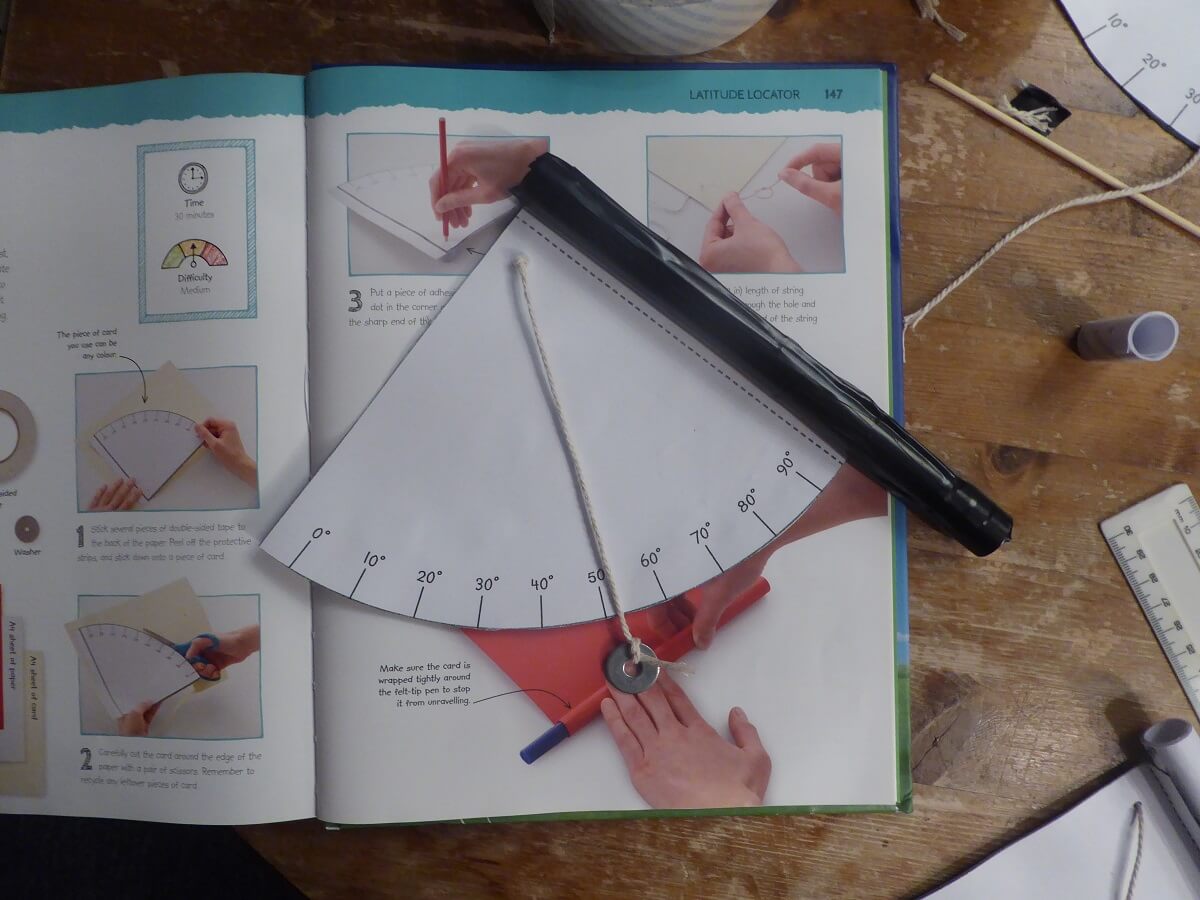TRAC Monthly Report: July 2024
- Category: Monthly Reports
- Author: JM
- Published: 03 Aug 2024
- Last updated: 07 Aug 2024
Summer Constellations
Looking south, we saw two summer constellations, Lyra and Cygnus, on 19 Jul. Lyra's brightest star, Vega, is one of the brightest stars in the night sky. Vega is one vertex of the iconic summer triangle asterism, and it will become a familiar sight in the sky throughout the summer and autumn.
Yellow Lightning Without Thunder
On 22 Jul 2024, we saw bright yellow flashing towards the north-east at around 23:00. Some junior TRAC members got scared! Others were intrigued and went to the park to get a better view.
We witnessed cloud-to-ground lightning occurring such a long way away that the sound of the thunder had dissipated before it reached our ears. The yellow hue was caused by the humidity and particles in the atmosphere.
Lunar Photography
July 2024 Full Moon
The photo below shows July's full Moon in the south-east at 15 degrees altitude at close to midnight on 22 Jul 2024.

Image credit: JM/TRAC
Video credit: JM/TRAC
A 90 second video of the Moon at 60x magnification was captured showing the Moon gradually move across the field of view as it drifted west across the sky.
Orange Moon
On the evening of 27 Jul 2024, the 52%-illuminated Moon appeared a dark red colour and then very orange as it rose in the east. The photo below was taken at 23:30.

Image credit: JM/TRAC
Latitude Locator
Under Construction
On 25 Jul 2024, we each made a latitude locator from paper, card, string, double-sided sticky tape, electrical tape, and a small metal washer.
Most team members excelled at the construction phase. Others managed to make a lot of mess and had trouble tying a knot in the string! But everyone got there in the end and that's the most important thing.

Image credit: JM/TRAC
How To Use It
- Choose a Clear Night:
Head outdoors on a night with clear skies and an unobstructed view of the northern sky. - Find The Plough:
Face north to locate The Plough, a well-known asterism of seven bright stars that is visible year-round. - Locate Polaris:
Imagine a line joining the two stars at the "front" of The Plough's bowl. Follow this line further to find Polaris (the North Star) - Align the Latitude Locator:
Hold your latitude locator and aim its sighting tube directly at Polaris. Adjust your position until Polaris is centered. - Measure the Angle:
Let the string on your latitude locator hang freely. Observe where the string crosses the marked scale along the edge of the device. This angle will be your latitude! - Record Your Results:
Note down the angle you've measured – this is your approximate latitude!
Why It Works
Polaris is located very close to the north celestial pole. At the North Pole, Polaris would be directly above you (90°). At the equator, it will be on the horizon (0°). In the northern hemisphere, most of us live somewhere in between these two extremes.
This method works because Polaris is almost directly above the North Pole, so its altitude in the sky (measured in degrees) is roughly equal to the observer's latitude.
The Results Are In
I tested mine on two evenings and estimated the readings to be 51° and 52°. That's remarkably accurate, considering that our latitude in Rainham is around 51.36° north. That's not a bad result for a homemade device built from card and string!
Further Afield
Two TRAC members (Matey and Krum) are putting their latitude locators to the test all the way in Bulgaria. Their readings are expected to come in under 51°, reflecting Bulgaria's position further south than the UK.
Matey and Krum will report their measurements when they return to Rainham at the end of August. Stay tuned for the results of this international experiment!
Minor Planet Ceres
Ceres (mag. +7.3) reached opposition on 06 Jul in the constellation Sagittarius. Sadly, we were unable to see it at any time at the start of July.
This failure was partly due to poor weather and poor preparation. The fact that Ceres was low down in the south, only gaining enough altitude after midnight, didn't help either. The park would have been a prime viewing location but the gates were locked long before mignight.
Missing this chance to observe Ceres was a tough blow, as it holds the title of the Solar System's largest minor planet (asteroid). Our best remaining opportunity to see an asteroid this year lies with Eunomia in December 2024.
Summary
The summer is a quiet period in terms of astronomy. The latitude locator project was a good idea for an indoor activity and they performed surprisingly well. We had no luck seeing the asteroid Ceres. But we did do quite well with the summer constellations, which we'll continue with in August.
James M
TRAC Team Leader
03 Aug 2024 – Rainham, Kent

TRAC is an amateur astronomy group based in Rainham (Kent) in the United Kingdom.
On clear nights, you'll find us outside, observing stars, planets, moons, galaxies, satellites, meteors, and comets.
This monthly report is intended to keep club members informed of our observational activities, track progress towards the club's long-term goals, celebrate successes, and record memorable moments.
Unless stated otherwise, all magnitude values refer to apparent magnitude and have usually been rounded to one decimal place.
We welcome any questions, feedback, or suggestions you may have. Please let us know if anything is unclear or if you notice an error, inaccuracy, or typo. Contact us via email.
© 2024 Taverners Road Astronomy Club